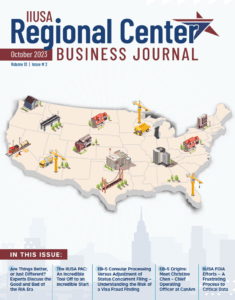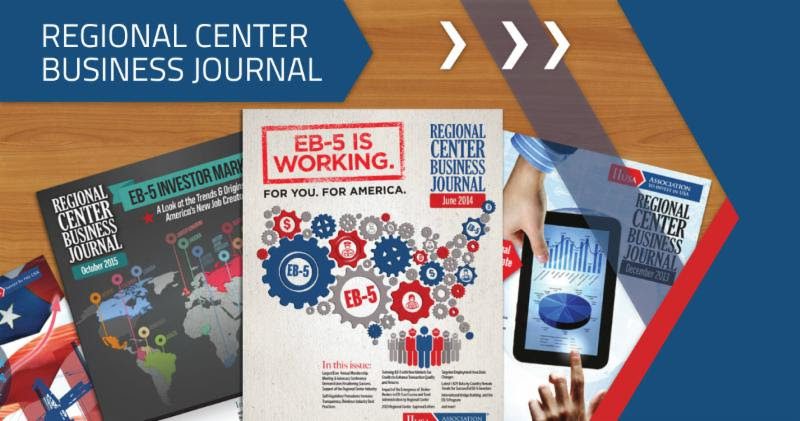by Osvaldo Torres, Shareholder, Torres Law
Since the EB-5 program’s inception in 1990, the financing structures for EB-5 projects have evolved in sophistication and complexity. The shift to the EB-5 loan model (Loan Model) and the advent of “mega deals” largely contributed to the trend towards more complex structures.
The impetus for the transition to the Loan Model was likely based on at least two perceived benefits of a loan structure. First, because the usual green card process took about five years, structuring a loan between the new commercial enterprise (NCE) and the project’s job creating entity (JCE) with a term of five years served to “marry” the financial expectations of the project developers and the investors’ expected immigration timeline. As such, EB-5 investors could count on an “exit” from the investment (for which they typically receive little profit) shortly after green card approval. Second, EB-5 investors must have been attracted to the “safety” of a loan structure because now there would exist a contractual obligation to repay the EB-5 loan at maturity in priority over distributions on account of equity ownership. Also, the loan was often secured by the assets of the JCE and/or a pledge of the ownership interests in the JCE or its owner(s). Having a collateral package to further secure the loan, would of course add to the attractiveness of the Loan Model.
As the EB-5 industry matured, EB-5 investors became attracted to larger deals. Larger EB-5 projects introduced into the deal mix more sophisticated developers, migration agents and legal counsel, as well as more complex deal structures. This article explores how increased deal sophistication and complexity, including intercreditor agreements and structural subordination, have eroded the effectiveness and perceived benefits of the Loan Model.









